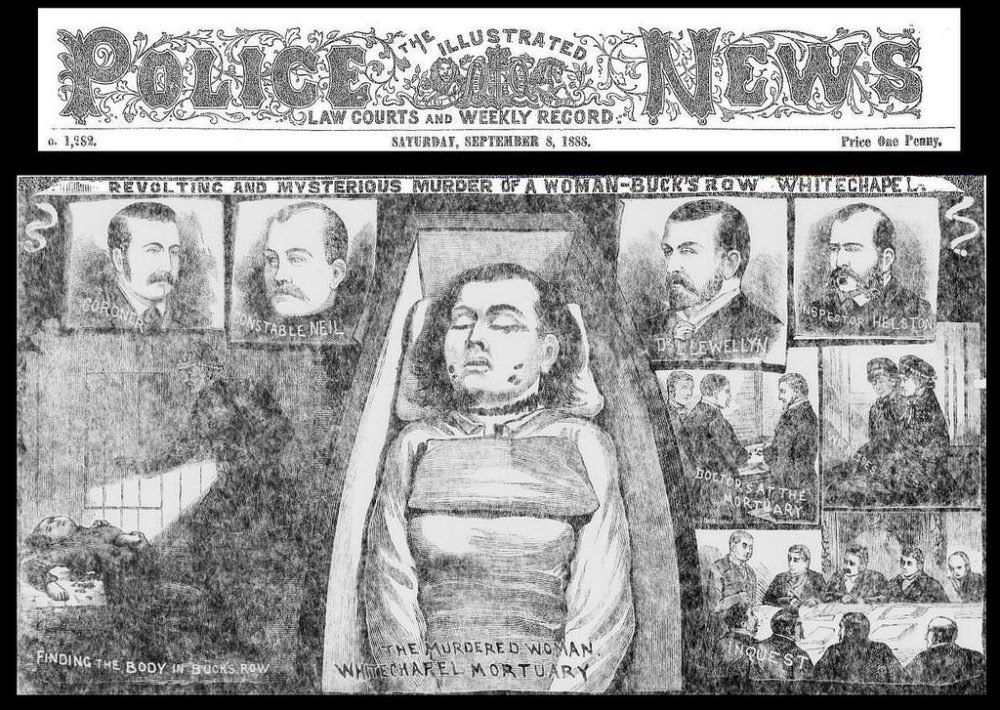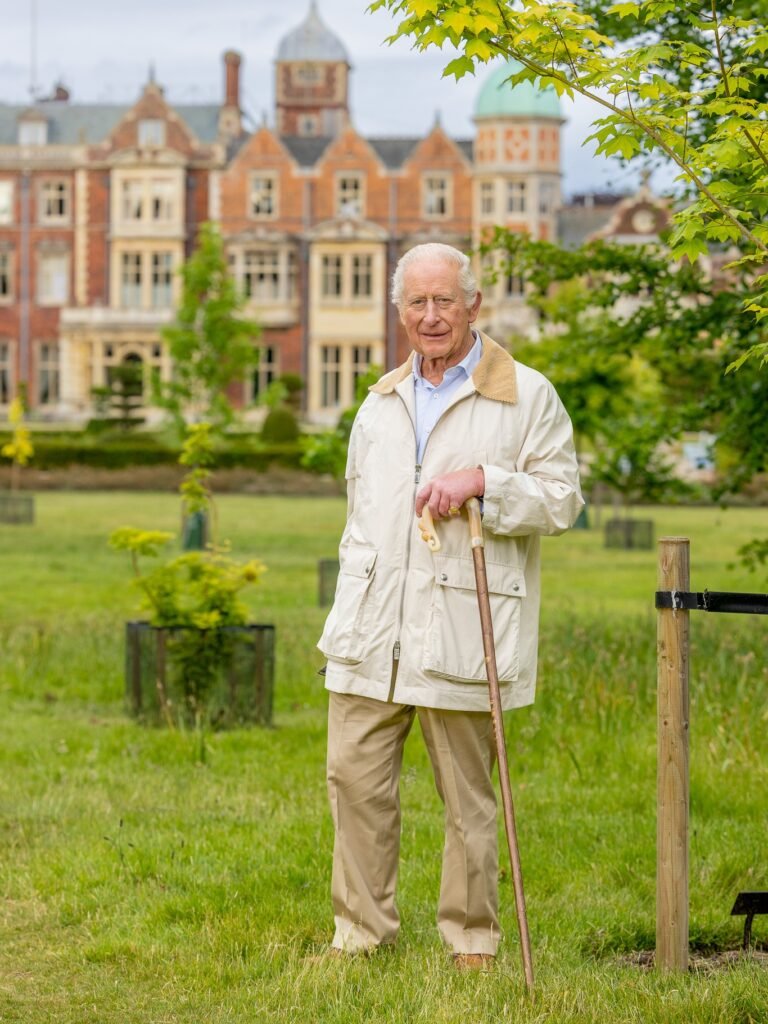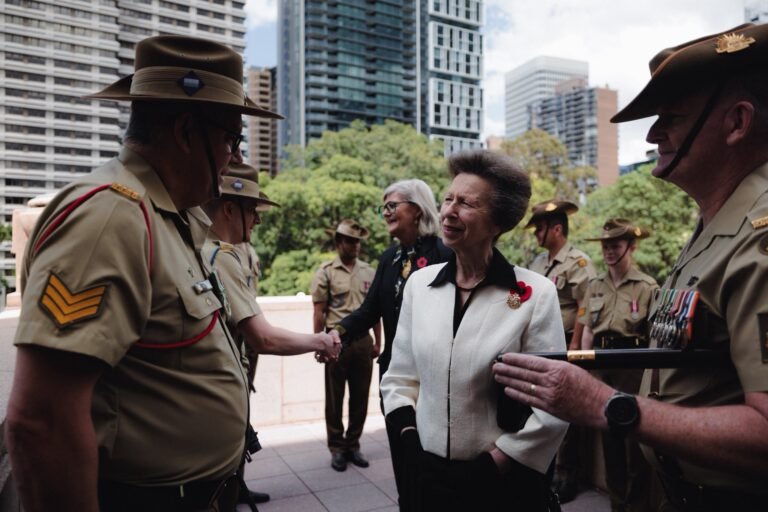It was on this day in 1888 that Jack the Ripper’s first victim, Mary Ann Nichols, was brutally murdered in Whitechapel. What happened to her, and ultimately, do we know who was responsible?
The Whitechapel Murders were 11 suspicious deaths that took place between 3rd April 1888 and 13th February 1891. There is only certainty that five of these murders were perpetrated by the so-called Ripper, the first taking place on 31st August 1888, and the last on 7th November the same year. Mary Ann Nichols, Annie Chapman, Elizabeth Stride, Catherine Eddowes and Mary Kelly were his victims, known as the Canonical Five, but six others may have suffered at his hands.
Authorities officially closed the Jack the Ripper case in 1892, and to this day, it remains among the most notable cold cases in history.
Mary Ann Nichols is found

Shortly after 3.30am, Charles Cross, a carts man, walked through Whitechapel on his way to work. His route took him down Buck’s Row (now Durward Street), a small avenue with a warehouse on one side and some cottages on the other. In the darkness, Cross noticed an unusual shape slumped against the gated entrance on the other side of the street. Hearing another approaching, Cross hesitated: it was another carter, Robert Paul, also going to work. They decided to approached the figure together. “I could not tell in the dark what it was at first,” Cross commented. “It looked to me like a tarpaulin sheet, but stepping into the road, I saw it was the body of a woman.”
Mary Ann, 43, had a petite frame, at 5ft 2, and had brown eyes and greying dark brown hair. She was found wearing workhouse clothes, carrying all she had: a white handkerchief, a comb and a bit of broken mirror. Her skirt was raised to her hips, with blood congealing around slit wounds on her throat, and jagged wounds to her stomach. “The wounds must have been inflicted with a strong-bladed knife, moderately sharp, and used with great violence,” noted the coroner. He estimated she had been dead for just 30 minutes when she was found, putting her time of death at around 3am.
Sadly the postmortem records have not survived, but we know how she met her grisly end: “Her throat had been cut from left to right, two distinct cuts being on left side, the windpipe, gullet and spinal cord being cut through; a bruise apparently of a thumb being on the right lower jaw, also one on left cheek; the abdomen had been cut open from centre of bottom of ribs along right side, under pelvis to left of the stomach, there the wound was jagged; the omentum, or coating of the stomach, was also cut in several places, and two small stabs on private parts; [all] apparently done with a strong bladed knife; supposed to have been done by some left handed person; death being almost instantaneous.” (notes from Inspector Spratling who came to investigate describe the body upon initial examination).

Jack the Ripper had almost decapitated Mary Ann, the slashes were so brutal. When the body was moved, noted by a PC on the job, there was a ‘mass of congealed blood’. It was attained she died in-situ and that the abdomen wounds were completed after death, however, due to the lack of blood spatter, it is taken that she was choked to death before being mutilated. The coroner, Dr Llewelyn, speculated the perpetrator may have had some knowledge of human anatomy, since he attacked vital organs and veins with his knife, perhaps ‘just to be sure’. There was no sign of a struggle, and no screams, scuffles or violence were heard by local residents, though there is speculation that Cross interrupted the Ripper in the act.
Mary Ann’s identity was established and it was revealed she was one of the hundreds of prostitutes who worked the local area in Whitechapel’s slums. Known as Polly, she had been an alcoholic, which had ended her marriage. She left her husband and their five children in 1881, destitute. After moving from workhouse to workhouse, she eventually found work as a servant but was sacked after stealing clothes.
Following investigation into the death, it was discovered that ‘Polly’ had spent her earnings from a few clients that night in a local pub – one would pay about 3d, incidentally the price of a gin – instead of saving it to spend on a bed for the night, which would have cost 4d.
Ellen (also Emily) Holland then came forward: she was a friend of Nichols’ and had been out observing the thunderstorms and the Shadwell Dry Dock Fire, changing the night sky to red. Holland had seen Mary Ann, drunken, outside the grocer’s near Whitechapel Church around 2.30am. She urged her friend to come to the same lodging house in which she was to stay that evening, but Nichols refused and continued staggering through Whitechapel.

The press and Londoners were shocked by the savage nature of the murder, even though violence towards prostitutes was not uncommon. There were many instances of women, and in particular working girls, being brutalised and attacked which the media lapped up, but this killing was a step further.
In fact, similarities were drawn between Nichols’ death and that of Martha Tabram, another prostitute who died a few weeks earlier, on 7th August. She had been stabbed 39 times in the body and neck, including nine times in the throat, one in the heart and seven wounds across both lungs. Her lower abdomen and genitals were also injured, and she too was found with her skirts around her waist, but lying on her back.
With little information to go on, hardly evidence left on the body (this being a decade before forensics were used) it seemed Nichols’ death would remain a mystery, just one more death of an east-London prostitute.
Polly was buried on 6th September, but her death was just the beginning…
Join us on 8th September to learn about the second Jack the Ripper murder, Annie Chapman.







What does otd mean?!
Hi Jack – OTD means ‘on this day’.